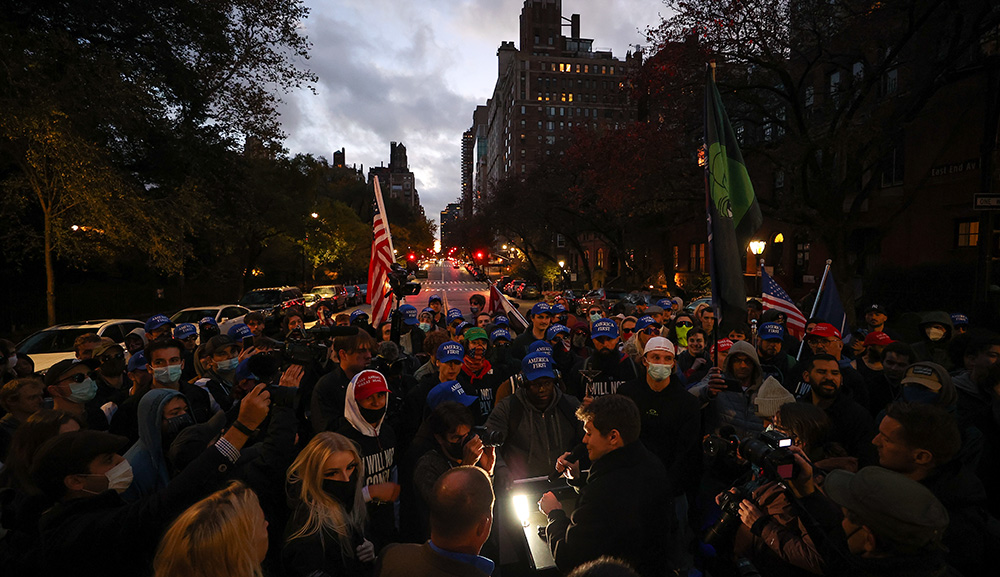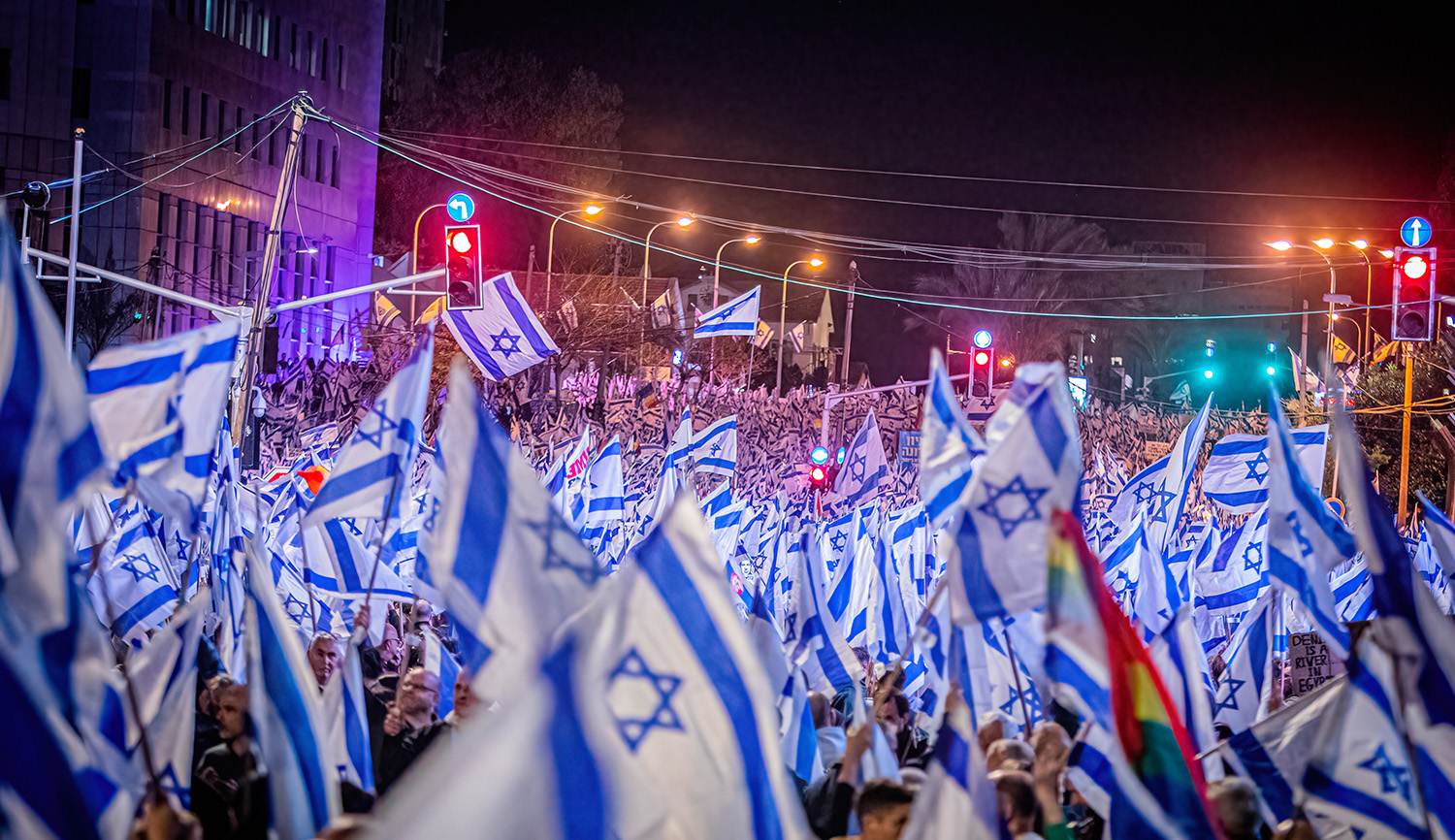In September of 1993, the Palestine Liberation of Organization (PLO) and the state of Israel exchanged letters of mutual recognition and then signed the Oslo I Accord, accompanied by the famous handshake between Yitzḥak Rabin and Yasir Arafat on the White House lawn. Despite the optimism of the moment, the peace process of the 1990s only ushered in an increase in terrorism and demonization of the Jewish state. Efraim Karsh provides a thorough investigation of what he calls “the worst calamity to have afflicted Israelis and Palestinians since the 1948 war.”
For the West Bank and Gaza Palestinians, [Oslo] has brought about subjugation to corrupt and repressive PLO and Hamas regimes—regimes that have reversed the hesitant advent of civil society in these territories, shattered their socioeconomic well-being, and perpetuated the conflict with Israel while keeping their hapless constituents in constant [fear] as their leaders lined their pockets from the proceeds of this misery.
For Israel, it has been the starkest strategic blunder in the country’s history—establishing ineradicable terror entities on its doorstep, denting its military and strategic posture, deepening its internal cleavages, destabilizing its political system, and weakening its international standing.
The Oslo process had, however, one major achievement that has gone virtually unnoticed. . . . In one fell swoop, Israel effectively ended its 30-year-long control of the West Bank and the Gaza Strip’s populace. Since January 1996, and certainly after the completion of the Hebron redeployment, 99 percent of the Palestinians in these territories have not lived under Israeli “occupation” but under PLO/Palestian Authority rule (in Gaza, since 2007, under Hamas’s rule).
Yet, writes Karsh, the negative consequence of the peace process were fully evident even before the outbreak of the second intifada in 2000:
In the two-and-a-half years between the signing of [Oslo I] and the fall of the Labor government in May 1996, 210 Israelis were murdered—nearly three times the average annual death toll of the previous 26 years.
A central assumption underlying . . . the entire Oslo process, was that Israel’s concessions would boost its international standing and strengthen its ability to fight the formidable security threats confronting it. What this line of thinking failed to consider is that since Israel, as the world’s only Jewish state, attracts the full brunt of anti-Jewish bigotry and hatred that has hitherto been reserved for individuals and communities, the Palestinians have become “untouchable” in their role as the latest rod to beat the Jews.
More about: Israeli Security, Israeli-Palestinian Conflict, Oslo Accords, Palestinian terror


